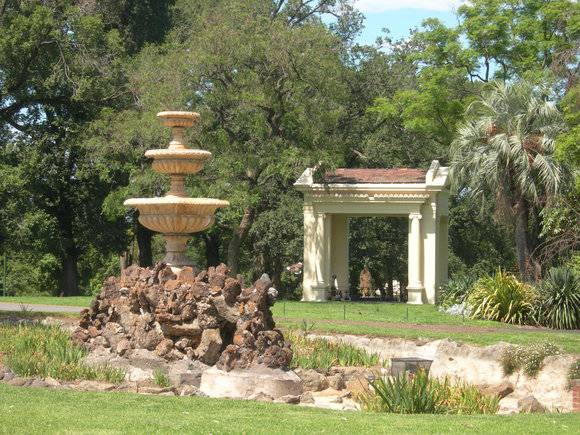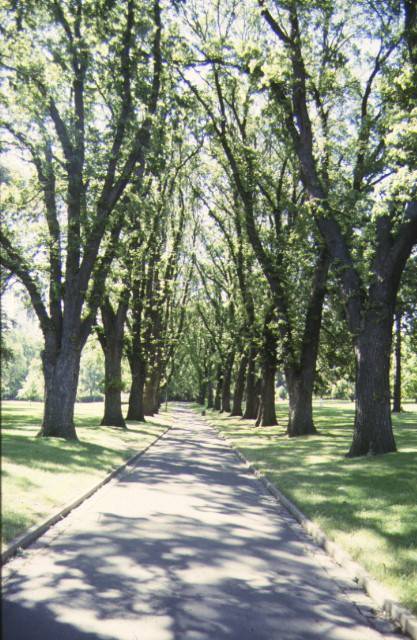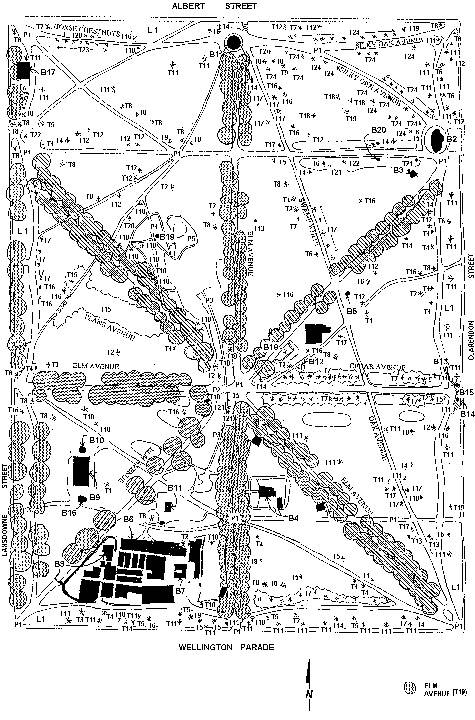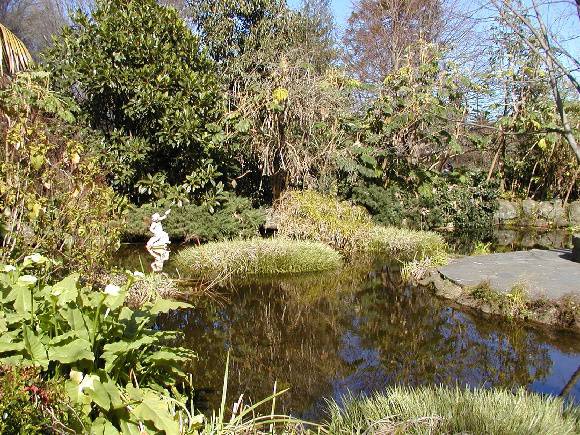| Back to search results » | Back to search page » |
|
FITZROY GARDENS
Other NamesTUDOR VILLAGE , SINCLAIR'S COTTAGE , SINCLAIRS COTTAGE , CAPTAIN COOK'S COTTAGE , COOKS COTTAGE , ELECTRICAL SUB STATION LocationWELLINGTON PARADE AND LANSDOWNE STREET AND CLARENDON STREET AND ALBERT STREET EAST MELBOURNE, MELBOURNE CITY
File Number605812LevelRegistered |
|
Statement of Significance
What is significant?
The Fitzroy Gardens were set aside as a public reserve, then known as Fitzroy Square, in 1848. Partially cleared and fenced during the 1840s and 1850s, it was not until 1859 that the reserve was laid out and developed as a garden under the supervision of Deputy Surveyor-General Clement Hodgkinson with the assistance of gardener James Sinclair. Fitzroy Gardens retain their original path system, albeit somewhat simplified and resurfaced. They also retain avenues of mature elms which are of national significance in their own right, together with remnants of the 1860s and 1870s mix of conifers and other specimen trees, and examples of ribbon border planting and sub-tropical planting of the late nineteenth century. A substantial collection of nineteenth century buildings also survives within the Gardens.
Like many nineteenth century gardens, the Fitzroy Gardens presents a layering of later phases of development, each curator introducing a slightly different landscape style and altering its overall character. In particular, the Gardens underwent major change in the interwar period, with the removal of large numbers of trees and the introduction of a new garden aesthetic. This period also saw the modification of path alignments and detailing and the expansion of the works area, as well as the addition of a number of distinctive new buildings, structures and works of sculpture. The interwar character is still visible to a large degree in the fabric of the place and demonstrates a major phase in its history. Today, the Fitzroy Gardens present as a series of layers that combine to create a cultural landscape of considerable individuality and diversity.
How is it significant?
The Fitzroy Gardens are of historical, aesthetic, architectural, scientific (horticultural) and social significance to the State of Victoria.
Why is it significant?
The Fitzroy Gardens are of historical significance as one of a ring of public reserves around Melbourne established in the nineteenth century to provide respite and relaxation for the city's residents. The Fitzroy Gardens have been viewed as the flagship of this group of city gardens, which includes the Flagstaff, Treasury, Carlton and Alexandra Gardens and the Domain. In a statewide context, while not as intact as the Royal Botanic Gardens or the Ballarat Botanical Gardens, the Fitzroy Gardens are an important remnant of the city's nineteenth century garden heritage. They are also a reminder of the city's relatively large investment in public gardens, a reflection of 19th century beliefs about the moral and health benefits of green spaces in often dirty, smelly and overcrowded cities.
The Gardens contain several buildings and structures which are of architectural significance in their own right, including the Band Pavilion (1864), the Rotunda (1873), and an early gardener's cottage, Sinclair's Cottage (1866). Significant twentieth century buildings include the Spanish Revival-styled Conservatory (1930) and the Electricity Substation (1940).
The Fitzroy Gardens are of aesthetic significance for their surviving path system and magnificent avenues of elms and other species, providing a framework for the wide rolling lawns and vistas enhanced by garden structures and floral displays. The general topography that sets most of the gardens below street level, the sense of mystery and enclosure provided by the fern gully, the mound and lake and the majestic spreading specimen trees all combine to give the Fitzroy Gardens their unique character.
Fitzroy Gardens are of scientific (horticultural) significance for their outstanding collection of plants, including conifers, palms and deciduous trees. The avenues and rows of about 270 elms, Ulmus procera (English Elm) and U. x hollandica (Dutch Elm) throughout the gardens are some of the best avenues in Victoria. These avenues are of increasing international significance as Dutch Elm Disease has killed most of these species in the northern hemisphere. Other notable trees are: Ficus macrophylla (Moreton Bay Fig), Ficus platypoda (Small-leaved Fig), Quercus bicolor (Swamp White Oak), and the cedar avenue (Cedrus deodara) along the Hotham Walk. Significant individual tree species include a collection of nineteenth century conifers (including pines and Araucarias), the rare Ficus palmata (Indian Fig) and a collection of palms.
The Fitzroy Gardens are of social significance because, from their establishment in the early 1860s, the Gardens have been a place of relaxation, passive recreation and entertainment; the Gardens have been the people's park in the city. Attractions such as the indoor horticultural displays in the Conservatory, the Fairies' Tree, Model Tudor Village and Cook's Cottage have provided interest and pleasure for children and adults alike. Both the local and wider communities use the Gardens, which have been and remain a source of great pleasure to the many who frequent them.
Group
Parks, Gardens and Trees
Category
Conservatory










